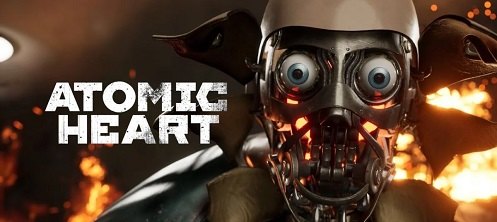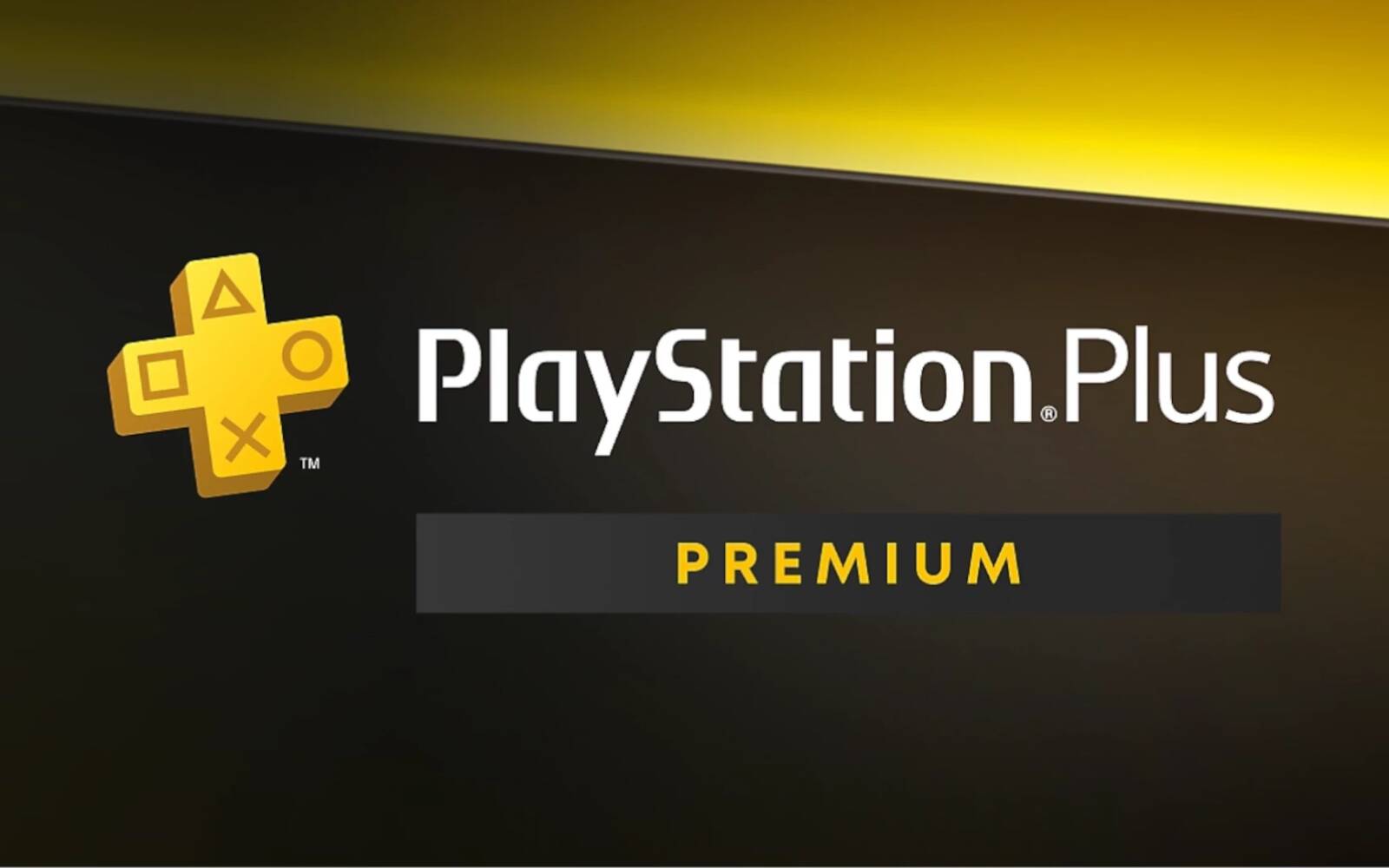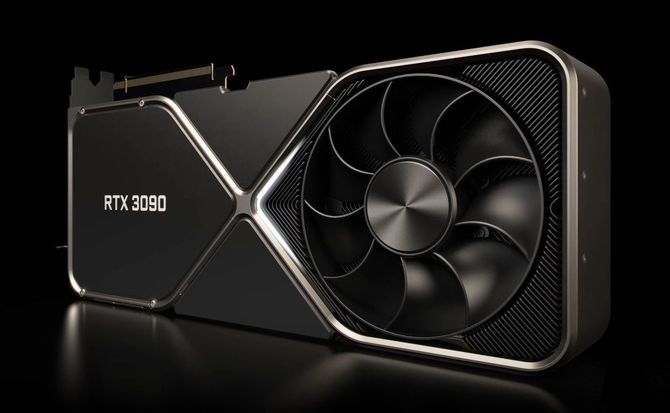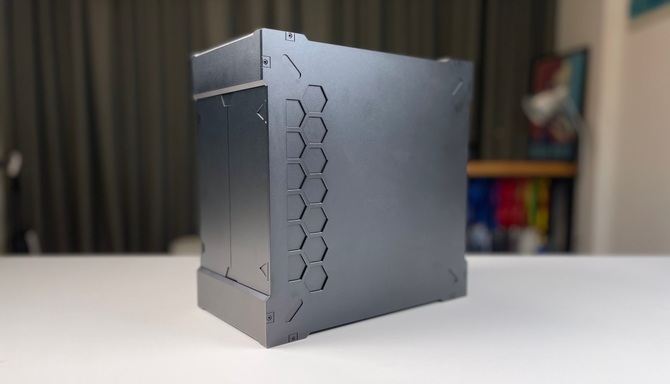 We recently published a comprehensive graphics card performance test for Atomic Heart. Mundfish production is well optimized, and certainly much better compared to many modern games. Just like Hogwarts Legacy, which debuted a little earlier, Atomic Heart also uses Unreal Engine 4. Oddly enough, even on PC there is no official support for Ray Tracing, at least not in the version that went on sale. After testing the performance of the graphics card, we have the last article, which is a comparison of the PC and console versions. This time it will be a slightly more expanded version of what you can see on the occasion of Hogwarts Legacy, because in addition to the benchmark comparison and benchmarking tests, there is also an additional page showing the graphics settings on the PC, relatively bringing the graphic design to the design of the PlayStation 5.
We recently published a comprehensive graphics card performance test for Atomic Heart. Mundfish production is well optimized, and certainly much better compared to many modern games. Just like Hogwarts Legacy, which debuted a little earlier, Atomic Heart also uses Unreal Engine 4. Oddly enough, even on PC there is no official support for Ray Tracing, at least not in the version that went on sale. After testing the performance of the graphics card, we have the last article, which is a comparison of the PC and console versions. This time it will be a slightly more expanded version of what you can see on the occasion of Hogwarts Legacy, because in addition to the benchmark comparison and benchmarking tests, there is also an additional page showing the graphics settings on the PC, relatively bringing the graphic design to the design of the PlayStation 5.
Author: Damien Mrusiak
Atomic Heart is another cross-platform game that debuted at the same time on PC and consoles of the old and current generation. However, unlike Hogwarts Legacy, this time the production appeared immediately on PlayStation 5, PlayStation 4, Xbox Series and Xbox One. The main aspect of the article is about comparing the PC and console versions of Atomic Heart, but there is also a comparison with PS5 and PS4 Pro, which can be launched on PlayStation 5 as part of backwards compatibility. Unlike many other titles, Atomic Heart offers several graphics options which actually differ in the individual settings, thus presenting a scale visible to the naked eye. We’ll see a lot of differences between the PS4 Pro and PS5 versions, but we’ll also notice changes when we start to compare Atomic Heart on the current-gen version and a powerful PC.
Atomic Heart first appeared on PC and PC of the old and current generation. We compare visuals on PC and PlayStation 5 and check benchmarks using DLSS and FSR technologies.
Atomic Heart PC Performance Test – you will play even on old hardware, and thanks to DLSS you will achieve almost 200% of the benchmark
On older consoles (regardless of whether they are PS4 / PS4 Pro / Xbox One / Xbox One X), Atomic Heart can run at 30 FPS, while PlayStation 5 and Xbox Series provide a maximum of 60 FPS. I am writing the maximum because on closed sites we have stable 60 frames, and on semi-open sites the game strives for such smoothness. It is much better on the PlayStation 5 console, because according to online reports, the Xbox Series X version has a very large drop in performance (sometimes even below 60 frames per second), while on PlayStation 5 it is almost imperceptible. In the case of closed sites, we can also count on native 4K resolution, while in semi-open spaces, creators focus on dynamically changing resolutions, which are then upscaled to 4K. And keeping the game with an arcade feel also allows for more insanity in terms of visual quality alone. First of all, semi-open spots look very nice, while individual pools are often very creative when it comes to artistic style. And while Atomic Heart doesn’t offer The Next Generation anywhere, it’s impossible to deny a certain charm to what we see for so many hours in front of a screen.
Atomic Heart – BioShock game review. Mundfish Studio debuted in a big way
In addition to comparing image quality between individual platforms, we’re also checking how the upscaling technologies on PC – DLSS and FSR 1 – compare to what the PlayStation 5 console offers. There’s also a separate test in which we tweaked the details on PC so they could simulate what We can get it from the current generation of consoles as much as possible. Such specific settings were also used to test performance on an NVIDIA GeForce RTX 3060 laptop GPU at up to 140W, and there’s even benchmarking testing using DLSS and FSR 1 – in both cases both of the aforementioned GeForce RTX 3060 laptops. GPU and the top GPU for a GeForce RTX 4090 laptop. The latter was also used for DLSS 3 scaling testing, which is available in Atomic Heart.

“Prone to fits of apathy. Introvert. Award-winning internet evangelist. Extreme beer expert.”



![Atomic Heart PC vs PlayStation 5 vs PlayStation 4 Pro - Picture quality comparison and benchmarking [nc1]](https://www.purepc.pl/image/artykul/2023/02/28_atomic_heart_pc_kontra_playstation_5_i_playstation_4_pro_porownanie_jakosci_obrazu_oraz_skalowanie_wydajnosci_0.jpg)
![Atomic Heart PC vs PlayStation 5 vs PlayStation 4 Pro - Picture quality comparison and benchmarking [nc1]](https://www.purepc.pl/image/artykul/2023/02/28_atomic_heart_pc_kontra_playstation_5_i_playstation_4_pro_porownanie_jakosci_obrazu_oraz_skalowanie_wydajnosci_6.jpg)
![The hit game Hi-Fi Rush is reportedly heading to a new platform. PS5 owners will enjoy it again [Aktualizacja #2] The hit game Hi-Fi Rush is reportedly heading to a new platform. PS5 owners will enjoy it again [Aktualizacja #2]](https://www.gry-online.pl/i/h/22/442315325.jpg)






